All products featured are independently chosen by us. However, SoundGuys may receive a commission on orders placed through its retail links. See our ethics statement.
Your next headphones will be more expensive: what you need to know about tariffs
February 6, 2025

Thanks to recent trade contentions between several countries, the price of many items is going to go up. But are headphones, speakers, and earphones exempt?
Nope! Here’s what to expect.
- Recently enacted tariffs are raising costs on manufacturing, importing headphones.
- These costs are passed to consumers, raising prices.
- Complicated supply chains mean that total cost increases will vary.
What’s going on?
As a result of new tariffs adding cost to supply chains and retail products, the price of headphones, earphones, and other products is set to increase significantly. While it’s unclear by how much exactly, you should expect to see some disruption and even some smaller brands struggle to keep up. Price hikes are also unlikely to be limited to products assembled in one country or another due to how complicated the supply chain is.
Tariffs are a type of trade barrier that makes imported products more expensive than domestic ones. Tariffs typically come in the form of taxes or duties levied on importers, and they're eventually passed on to consumers." — Investopedia
For example, if Narnia applied a 10% tariff against headphones made in the Duchy of Grand Fenwick, Narnian retailers importing Fenwickian headphones would have to pay the government of Narnia 10% of the order cost. These costs are passed onto the consumer in the base price of the goods.
However, you won't see a "tariff" charge on your receipt at a store, as these costs are incurred at import. But if you're buying directly from a country that your government has enacted tariffs against, you might see a "duties and taxes" item in your invoice.
Be prepared for active noise canceling (ANC) headphones, portable speakers, and wireless headphones to be more expensive in the coming months. Because these products rely on the use of materials and components that are subject to tariffs like lithium batteries and processors, regulatory changes in multiple countries introduced in 2025 will add costs to the final sticker price of headphones. Not only will the finished products be subject to new import taxes, but the already convoluted chip industry bearing extra costs will also be reflected in these products. Should tariffs be enacted against producers of semiconductors, it’s likely that these price increases will be more severe.
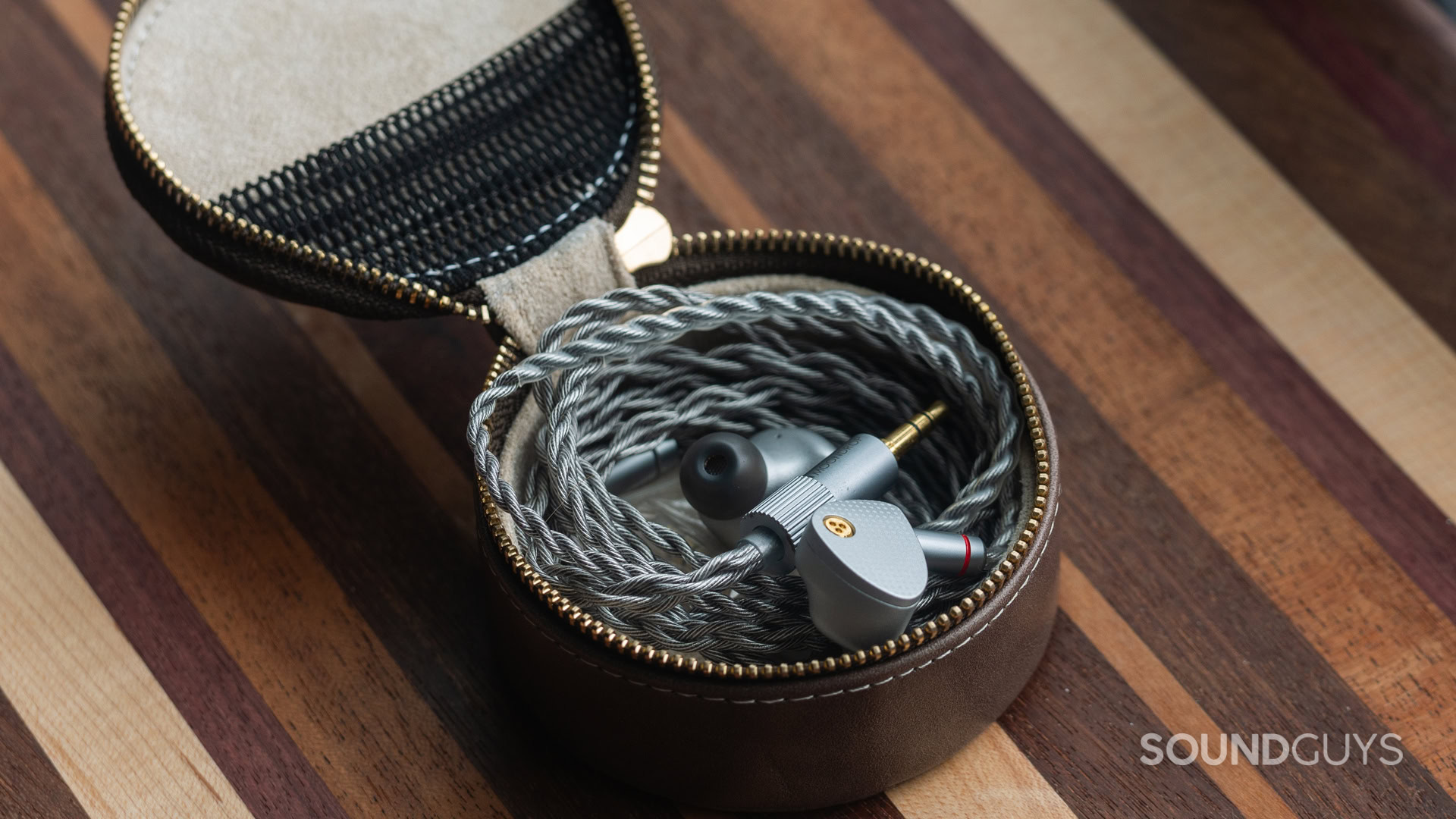
The era of dirt-cheap IEMs from China also may not last for Americans. As of February 4, rule changes in the US have complicated the shipping of these products — wholesale and individual — and will require payment to import where they previously may not have. This is because, in addition to the new tariffs introduced by the US government, this particular order also ended the de minimis exemption.
Since 1930, the United States often has exempted products under a set dollar value (currently $800) from duties and tariffs — referred to as the de minimis exemption. For example, if you bought anything from Temu or Aliexpress in the past, the reason you never paid much more than sticker price plus shipping is because of this exemption. Other countries often will have similar carveouts to their international trade laws to foster lower barriers to trade, as well.
However, this exemption can be rescinded by government action, and in the case of Chinese goods sold to American importers: it was. That doesn't mean it's gone forever, or applies to trade between other countries, but it does mean that importers must now pay all applicable duties and fees for these orders.
If you were to buy a set of IEMs directly from China and have it shipped to you in the US, not only would you be responsible for the 10% duty introduced this February, but you’d also be on the hook for any other duties you would otherwise have paid without the exemption. The initial pileup of packages requiring verification caused a backlog with the USPS already, though this is getting worked through. Going forward, this could add to your shipping time as well, as an overwhelming number of packages must be inspected at the port of entry every day.
Needless to say, encountering this could frustrate some enthusiasts. It’s currently unclear how this will affect the cost of IEMs, but we’ll find out over the coming months. Local vendors will also likely increase prices to cover costs, and direct-to-consumer stores like Temu or AliExpress will require a close eye before you hit “check out” to see how the prices have changed.
There are a few ways:
1. Search for a government-maintained database of tariffs
Chances are good that there's a searchable database of what your country has levied import fees on. For example, Americans can consult the USITC database, Europeans can search product codes, and Canadians can see what sorts of products and services will get whacked with a tariff or not. However, what's missing from these databases is the supply chain.
2. Research where your headphones are manufactured
We don't live in a world where everything is made locally anymore, and in terms of headphones: it's possible that whatever you buy has had parts delivered from several different countries before it reaches you. For example, headphone drivers might have been fabricated in China, the headphones themselves assembled in Ireland, and then distributed through the United States. Additionally, wireless tech often has a much more diversified parts bill.
Adding specialized chips, sensors, and radios can complicate matters severely, and introduce lots of chances that component costs end up being higher than they "should" be. Even if headphones aren't subject to tariffs in your country, it's possible that components have gotten beaned by tariffs at some point along the way by another government.
By learning more about how each company makes their products, you can get a better feel for what products will necessarily jump in cost if a new tariff is introduced.
3. Buy from companies that manufacture all their own products in-house
Though rare, some companies have manufacturing facilities that produce the vast majority of their products on-site. Sennheiser, for example, manufactures the vast majority of its audiophile headphones (HD 600, HD 800 lines) on-site from A to Z in its Tullamore, Ireland location. Knowing that, it should be very easy to figure out whether these products are affected by international trade disputes.
The good news is that some of these products are so cheap that any possible cost increase would hardly be noticeable. For example, the $19 Moondrop CHU II shouldn’t be significantly affected, but import fees for the $90 Moondrop Aria 2 will sting a bit more for US buyers. The pricier the product, the more expensive the added costs will be.
For example, keyboard company Qwertykeys saw import taxes in the US jump to 45% on all of its products. On top of that, the shipper then added a per-package $21 fee to handle processing and a 50% deposit to cover the tariff. Overnight, a keyboard that used to cost $80 now would set American consumers back $137 plus shipping. Faced with the proposition of having to fork over a giant proportion of each sale’s value up-front, Qwertykeys stopped shipping to American consumers temporarily.
How much more expensive are headphones going to get?
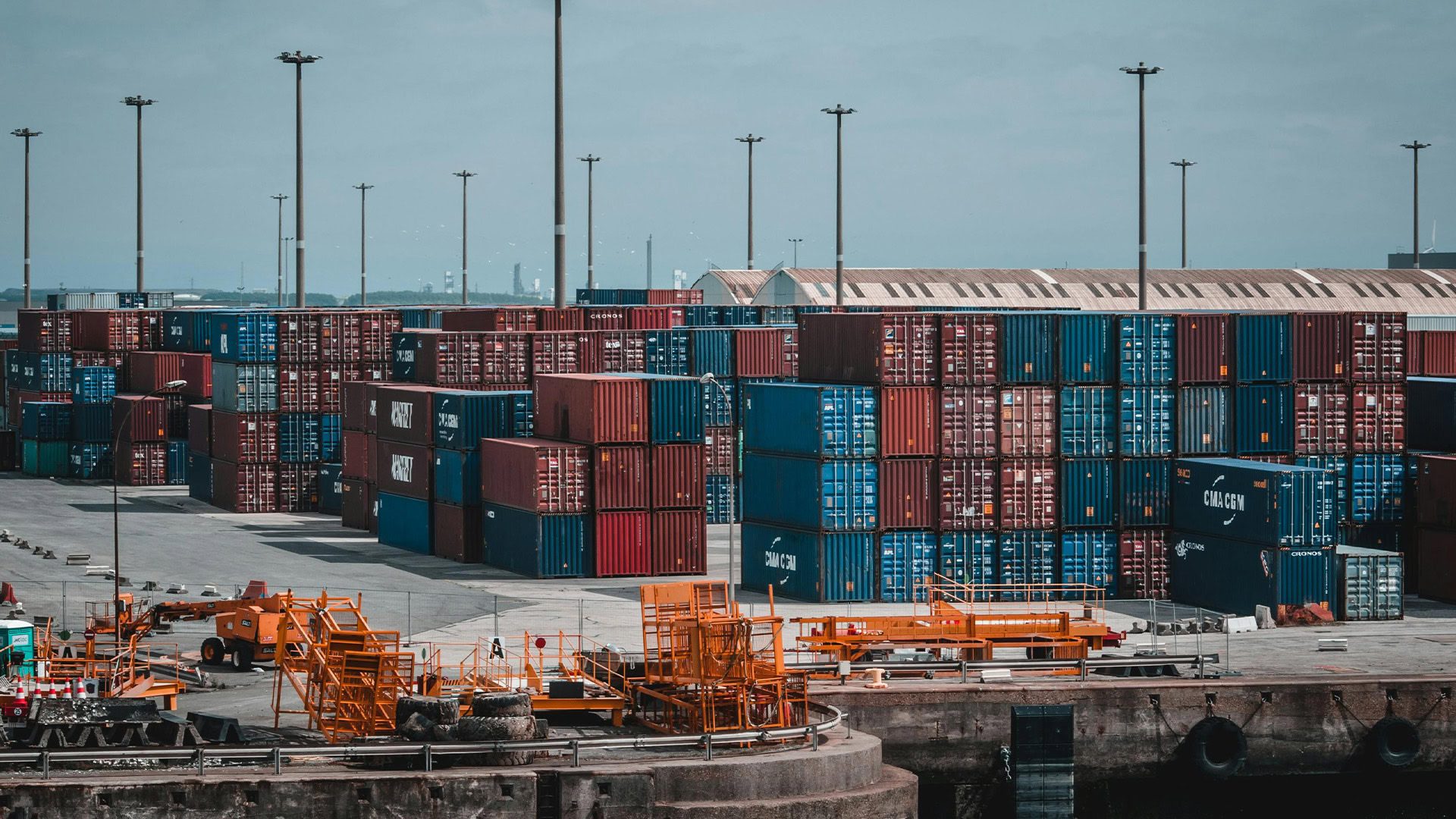
It’s complicated. The reason I can’t tell you exactly how much prices will go up is that most headphones are not made in one place, and tariff costs can be incurred at various stages of their manufacture. Very few producers of goods — especially makers of complicated devices like wireless headphones — make every single little part of their products. To get a ballpark figure, I would have to dissect sensitive figures about several companies’ supply chains, and most are not exactly forthcoming with that information.
It’s feasible to fabricate headphone drivers, processor chips, injection molded plastic, and sewn pads. But to cram in all the machines necessary for that kind of work into one area would require an enormous upfront cost. Sometimes, components like advanced semiconductors or certain refined minerals can only be produced in a select handful of factories on the planet, forcing you to import them. Finally, raw materials have to come from somewhere, and those, too, are often subject to tariffs when they’re sourced from other countries.
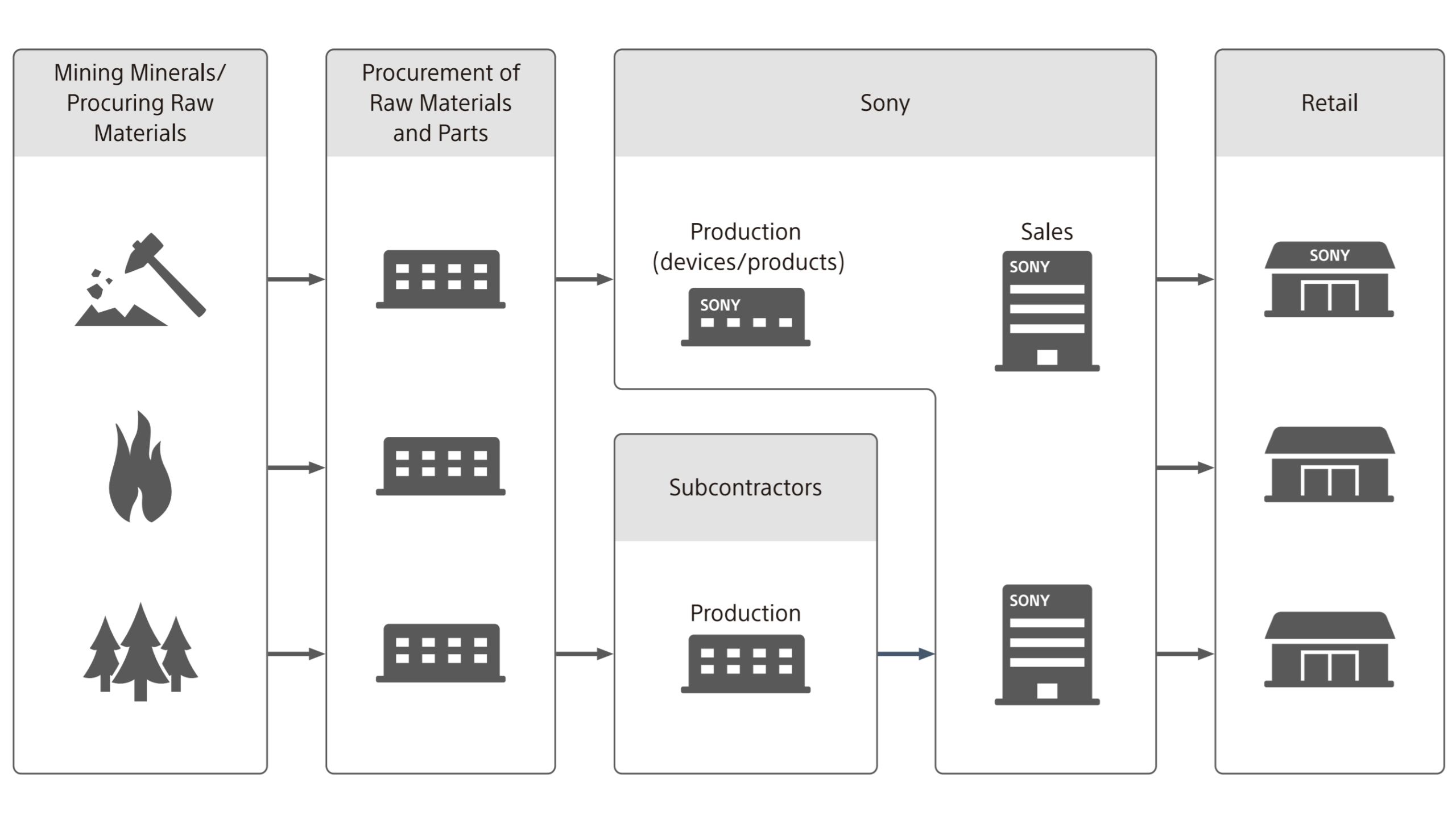
There are few companies that take complete ownership of large parts of their production line, as the costs are huge and the yields are smaller per model offered. Headphones like the Sennheiser HD 800 S or Audeze LCD-5 are largely made in one location and typically compete in specialized niches that do not require difficult-to-fabricate components like processors. However, even these companies may have to figure out different sources of raw materials should their current partners be affected by these new regulations.
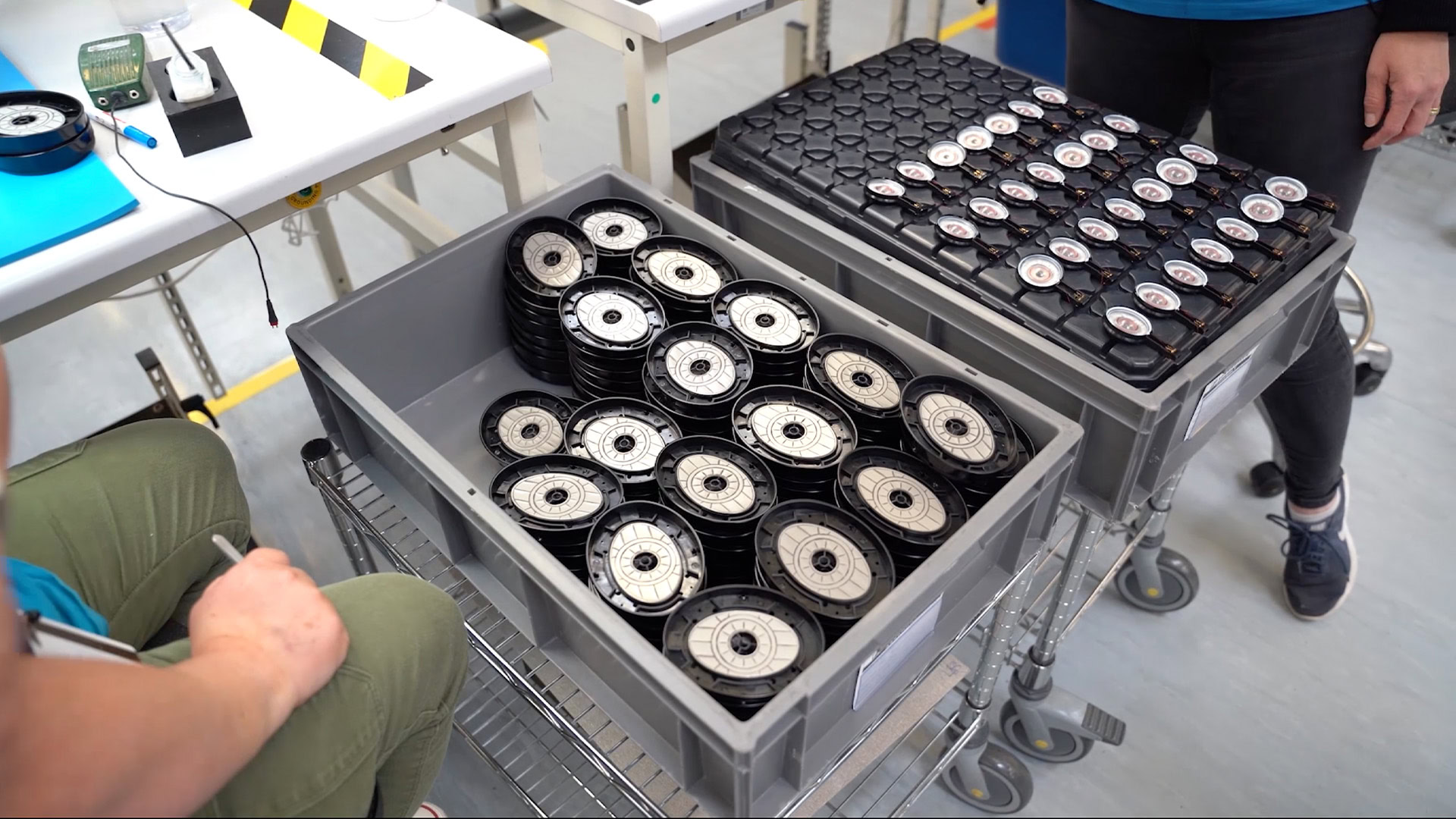
For a long time, it was vastly less expensive to source components from many different countries than it was to buy, maintain, and use all the equipment for every piece of the process. But when you start to add unexpected costs in the form of tariffs added at multiple stages of production, that calculus may change. For example, tariffs could add cost to raw materials as they’re shipped from one country to another, then again when the components made from those materials head somewhere else, and again when the finished product reaches shelves in certain markets. The only limit on this added cost is how many times it crosses a border where these trade barriers exist, and some products could see prices balloon significantly.
Blanket tariffs may eventually apply to digital services
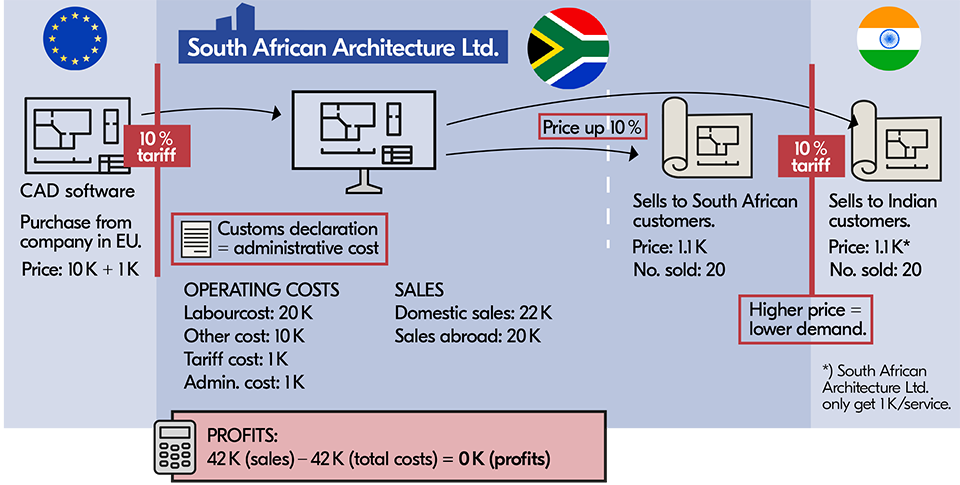
The tariffs introduced in 2025 by the US, China, and others don’t cover digital products, but that could happen in the future. If it does, there could be rough seas ahead for music lovers who don’t want ads crammed into every playlist. Currently, the member countries of the WTO have agreed to a moratorium on taxing digital goods, but that may end in March 2026. And if it does: higher prices and lower demand could provide an incentive for services to stuff their products full of ads to make up for the shortfall of profit instead of losing subscribers. In that event, enshittification might be the chosen way to defray added costs.
One surefire way you can find out if a recent trade action impacts you is if prices go up by a suspiciously exact amount. Be sure to subscribe to or bookmark the newsroom page of your chosen streaming services. You should also be notified by email if your pricing is set to change before your next billing date.
How to keep your costs low

While this is my advice for both easy times and hard, I’m going to say this yet again. To de-risk your music listening, do the following:
- Buy local or refurbished gear. Products that are already in your country are not going to be affected by import taxes. You can also save yourself some money without losing a warranty by buying refurbished products certified by a manufacturer or vendor.
- Buy as much music as you can from Qobuz, Bandcamp, and direct-from-artist sales, and store it locally. You can then create your own private service if you wish like Plexamp, Jellyfin, or Roon.
- Pay for an entire year of streaming upfront. This typically shaves a few bucks off the total yearly price and buys you up to 12 months before any trade actions could increase your bill.
- (Optional) You could swap to a service in your home country, or in a country that your home government is unlikely to attempt protective trade actions against.
- (Optional) Wired headphones are more durable and easier to fix than wireless ones. Get a good pair of wired headphones for at-home use, and baby your wireless headphones.
By all means, use streaming as a way to find new music, but for the stuff you really care about: you should be coming up with a strategy to treat your music hobby as a long-term investment. Keep maintenance in mind, and definitely work to buy rather than rent.